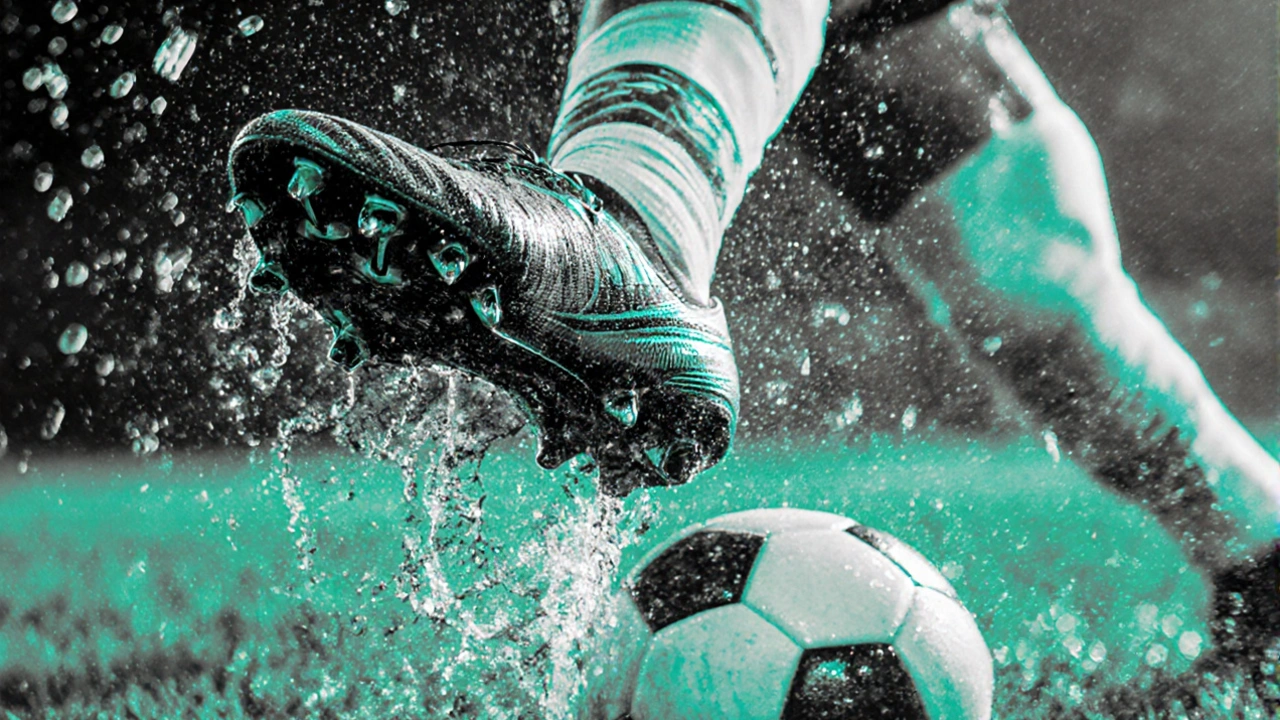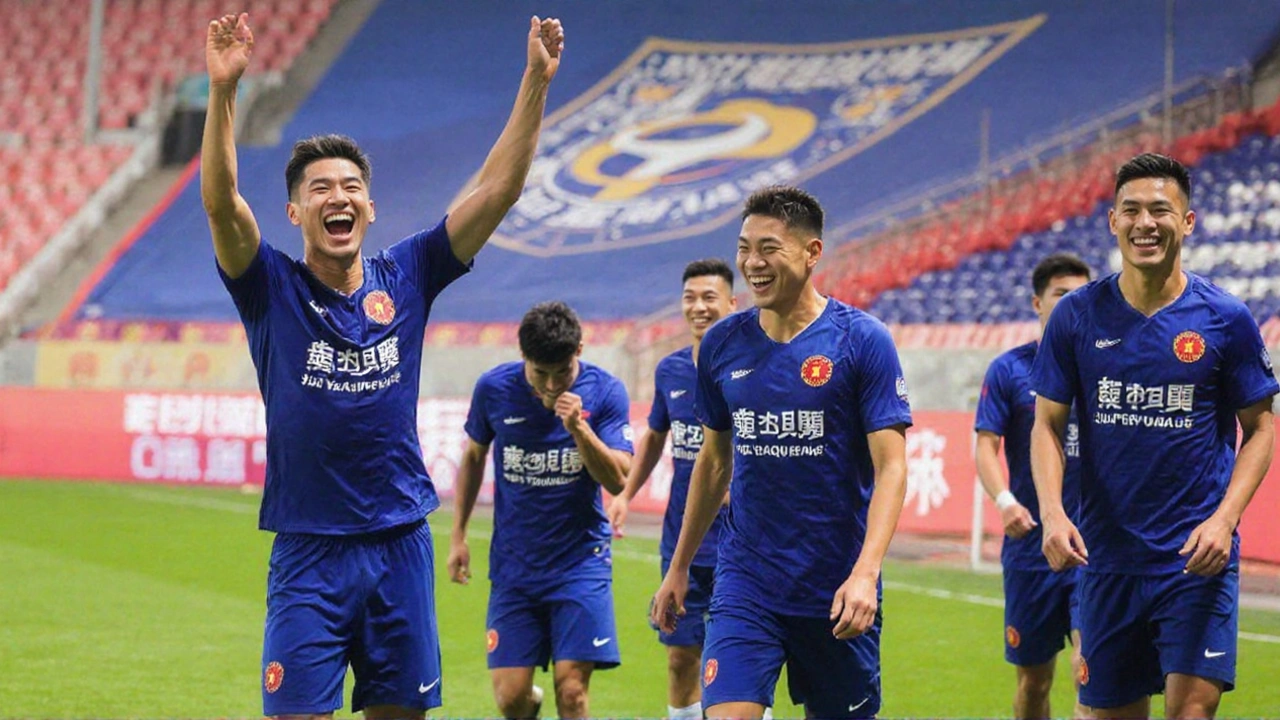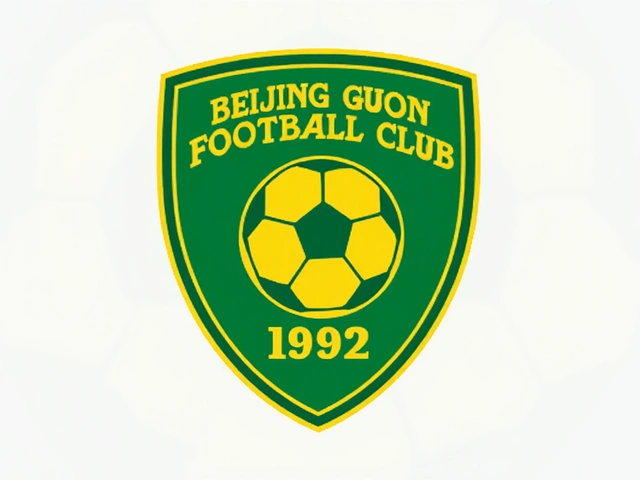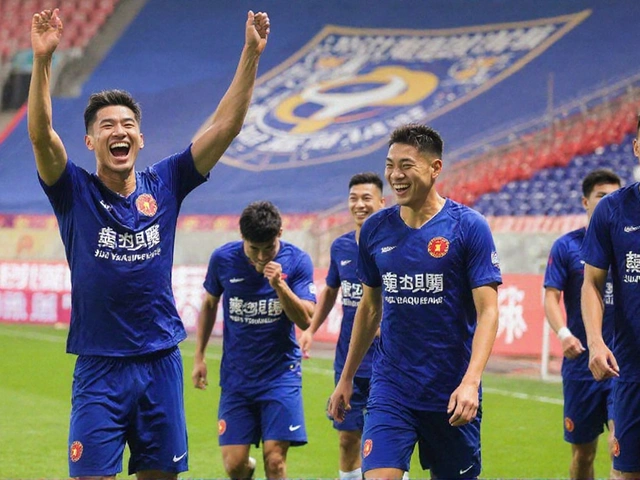Training Resumes After a Two‑Month Delay
On Monday, players from all 16 CSL sides slipped back into their home‑town facilities, swapping empty stadium stands for socially distanced drills. The move comes roughly sixty days after the league’s original kick‑off was slated for February 22, a timeline smashed by the coronavirus outbreak that shut down sports across China.
Coaches say the first week has been all about re‑establishing basic fitness and testing the new health procedures. Daily temperature checks, mandatory face masks outside the training area, and regular PCR tests have become the norm. "We’re not just getting fit, we’re learning to train safely," said one assistant coach, noting that even warm‑up routines have been tweaked to keep players apart.
For many of the athletes, the break felt like an unplanned off‑season. Younger players, who rely on match minutes to break into first‑team squads, are especially anxious. Veteran stars, on the other hand, talk about the mental toll of being away from competition and the pressure to stay sharp without the rhythm of weekly games.
While the training fields are buzzing again, the league’s calendar still reads "TBD". The Chinese Football Association (CFA) has yet to announce a definitive restart date, citing the need to align with national health guidelines and to coordinate with clubs’ own readiness.

Challenges Facing the CSL Season
The uncertainty isn’t just a scheduling headache—it’s a financial nightmare. Most clubs depend heavily on gate receipts and TV rights to stay afloat. With stadiums closed and broadcasters reluctant to commit to uncertain fixtures, cash flow has dried up fast. Teams with backing from real‑estate developers feel the pinch twice, as their parent companies grapple with a market slump that predates the pandemic.
To mitigate the fiscal blow, several clubs have slashed staff salaries, deferred player wages, and even renegotiated sponsorship deals. One club’s director admitted they are exploring temporary loan agreements to keep key players on the roster without breaking the bank.
Beyond money, the league must also confront logistical puzzles. The CSL usually runs from late winter through late autumn, a schedule that dovetails with the Asian Champions League (ACL) and FIFA international windows. Delaying the domestic season risks a clash with ACL group stages, potentially forcing Chinese teams to field weakened sides or withdraw altogether.
Moreover, national team duties add another layer of complexity. China’s World Cup qualifiers are slated for the coming months, and the national squad will need players who are match‑fit. The CFA is under pressure to strike a balance between club commitments and the country’s international ambitions.
Health officials remain the gatekeepers. The current protocol mandates that every squad member undergoes a PCR test every 48 hours, and any positive case triggers an immediate quarantine of the entire training group. Facilities have installed hand‑sanitizing stations at every entrance, and locker rooms now feature staggered shower times to reduce crowding.
- Regular testing every two days
- Restricted access to training grounds
- Modified drills to keep players at least two meters apart
- Enhanced cleaning of equipment after each session
These measures, while essential, also slow down the usual intensity of preparation. Players report that the constant testing and isolation protocols drain energy, making the path back to peak performance longer than just a few weeks of physical work.
The CFA is also weighing a possible format overhaul. Options on the table include a shortened 20‑match season, a split‑season with two mini‑leagues, or even a direct knockout tournament to crown a champion. Each scenario carries its own set of challenges, from broadcast rights renegotiations to fan expectations.
Fans, too, are feeling the strain. With no guarantee of tickets or a live broadcast schedule, many have turned to social media to voice frustration and support. Online polls show a split sentiment: some want the league to rush back, while others prioritize health over any schedule.
Amid all the moving parts, the Chinese Super League remains a symbol of the country’s push to grow football domestically. Its revival could signal a broader economic rebound, but only if the health crisis eases enough for a safe, sustainable restart. The coming weeks will reveal whether the league can stitch together a workable calendar, keep clubs solvent, and deliver the football fans have been craving.




Comments
The mere resumption of training, while laudable, merely scratches the surface of a deeper existential vacuum that has plagued the league’s raison d’être.
The Chinese Super League's tentative re‑engagement with training reveals a commendable commitment to procedural rigor.
Yet, the underlying structural fragilities exposed by the pandemic merit a scholarly examination beyond superficial operational resumption.
The league's reliance on gate receipts and television rights, as delineated in recent financial disclosures, underscores an unsustainable business model predicated on volatile spectator attendance.
Moreover, the staggered PCR testing regime, while scientifically sound, imposes an additional logistical burden that strains club resources.
It is imperative that the CFA contemplate a paradigm shift toward diversified revenue streams, perhaps through digital fan engagement platforms.
Such an initiative would alleviate the financial hemorrhage incurred by stadium closures and broadcaster reticence.
Concurrently, the prospect of a compressed twenty‑match season raises concerns regarding competitive integrity and player welfare.
A truncated schedule inevitably compresses recovery periods, thereby elevating injury risk for athletes whose conditioning has been disrupted.
In parallel, the synchronization with the Asian Champions League obligations introduces a calendaric conundrum that cannot be ignored.
The potential necessity for Chinese clubs to field depleted squads in continental competition would erode the league’s reputation on the international stage.
Additionally, the national team’s World Cup qualifying campaign demands a cadre of match‑fit players, further complicating club‑country negotiations.
The CFA’s current health protocols, including bi‑daily testing and sanitized facilities, exemplify best practices but also consume valuable training time.
While the health safeguards are non‑negotiable, an equilibrium must be struck to ensure that performance standards are not irrevocably diminished.
From a governance perspective, the consideration of a knockout tournament format offers a tantalizing alternative that could rejuvenate fan interest.
Nonetheless, such a radical restructuring would necessitate renegotiated broadcast contracts and could alienate traditional supporters.
In conclusion, the league stands at a crossroads where strategic foresight and prudent financial stewardship will determine its post‑pandemic resurgence :) .
Absolutely! The urgency you describe is palpable, and clubs MUST act now!!! The players will feel the difference when training intensity returns to pre‑pandemic levels!!!
Oh, wonderful, another season postponed-just what the fans needed to keep their blood pressure up!
It’s as if the league enjoys a dramatic cliffhanger more than actually delivering football.
Perhaps the next act will feature a surprise twist where everyone magically recovers without a single match.
The league's financial mismanagement is a tragedy that will haunt every supporter, and the endless corporate spin only deepens the wound.
Clubs slicing salaries and renegotiating sponsorships reveal a systemic fragility that cannot be patched with half‑measures.
Meanwhile, the fans are left to watch an empty arena of broken promises, their loyalty exploited for nothing more than empty headlines.
Unless decisive action is taken, this saga will become another cautionary tale of ambition unchecked by prudence.